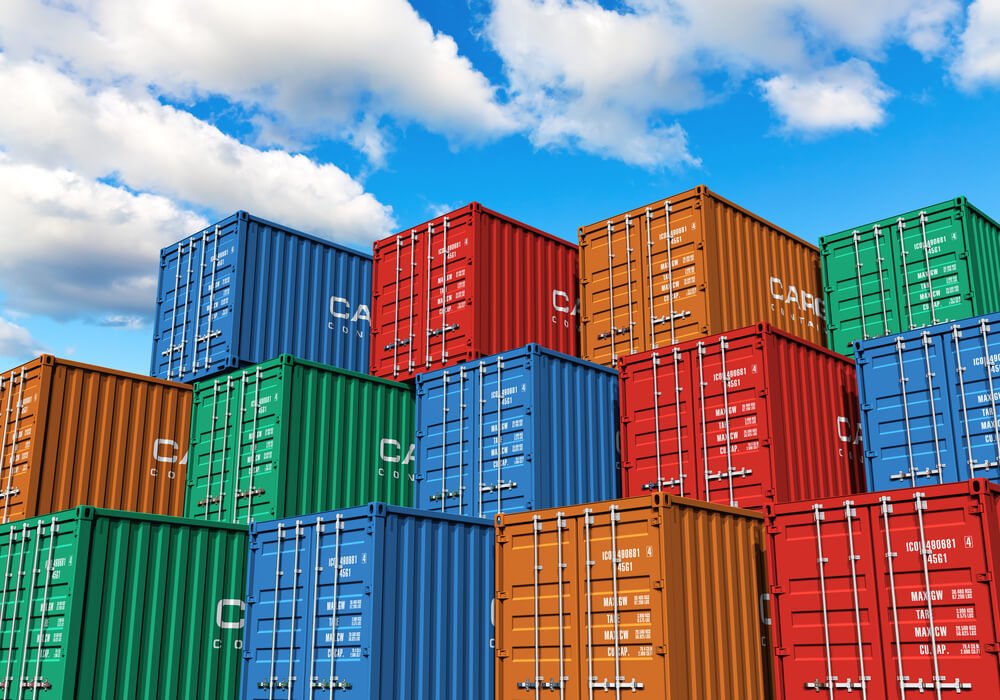
Shipping Containers: How to Obtain the Right One
People build with them, use them for moves, and keep them around for storage — shipping containers are multi-use items that can come in handy when you have a large number of items that you need to find space for.
Depending on what you are going to be using yours for, there are different types of shipping containers that you can choose from, according to First Logistics, a shipping container transport company in Sydney. Keeping in mind the space that you have for it and the budget that you have in mind, this article will lead you toward the right selection to fit your needs.
Choosing the Right Container
Whether you actually plan to ship your container or intend to keep it on your property as a form of storage, there are several different types that you can choose from. The dry storage container is the most common one, and it is used for shipping dry materials. They come in sizes of 10ft, 20ft, and 40ft. There is a flat rack container, and this one looks as it sounds.
It is a container with collapsible sides that can be used to provide a simple, flat rack of storage. An open-top container is a great option for items that are large in height. If you need to ship something that wouldn’t fit in the standard-sized shipping containers, you could open the top up to create more space.
You still need to make sure that the height of your item(s) is highway regulated, though. There are several different bridges and overpasses that you still need to clear.
For quick loading and unloading, there are containers that open on both ends. These are known as tunnel containers. For the same purpose, there are open side storage containers.
For even more leverage, there is a container that contains double doors that open up the side of the container to nearly its entirety. This type of container is typically used for construction materials or large-scale items that are similar. Depending on what you will be keeping in the container, each one can serve its own unique purpose.
How to Buy a Shipping Container
After doing some research, you should have an idea of the type of container that you need in order to suit your needs. If you have no idea where to start, you should start with the size. See how large your container needs to be in order to hold all of your items.
You should also keep in mind that, if the items are going to be shipped, they need to be secure. When it comes to storage, you can likely store just about anything as long as it fits into a container. If the items are going to be traveling, though, then certain regulations must be met.
The weight of your items also matters. There is a difference between transporting clothing and transporting steel building materials. You will need to talk to a professional about the container’s grade.
You will typically be able to buy your shipping container from a dealer, otherwise, you can try finding a local seller on a website like Craigslist. You can also check eBay.
While these aren’t the most formal way to buy containers, you might be able to find a better deal on them because they are likely used. Unless you have the right truck, your container will need to be dropped off. You can try to negotiate the delivery fee in order to get a better deal.
Usually, when you purchase one from a dealer, this includes the delivery service. This is one of the perks about getting one from a dealer instead of a local.
How Much Does a Shipping Container Cost?
The price range for a shipping container can vary greatly. As you know, they come in many different sizes and models. Depending on the type that you require, you can expect to pay anywhere from $1,400-$5,000.
You must also keep in mind that you might have to sacrifice quality for your price range. For example, if you want one that is in your budget, you need to be open to purchasing a used container.
There is also the option of renting a container if you only need it for a temporary period of time. Rentals can run anywhere from $75-$200 per month. This tends to be a much more affordable option for someone who doesn’t have a large budget to spend on their shipping container.
No matter which route you decide to take, always keep in mind that you will get what you pay for. If a deal seems too good to be true, it usually is. If you want quality, you need to be willing to pay a little bit more for it. Anything that costs less is likely going to be a downgrade.





